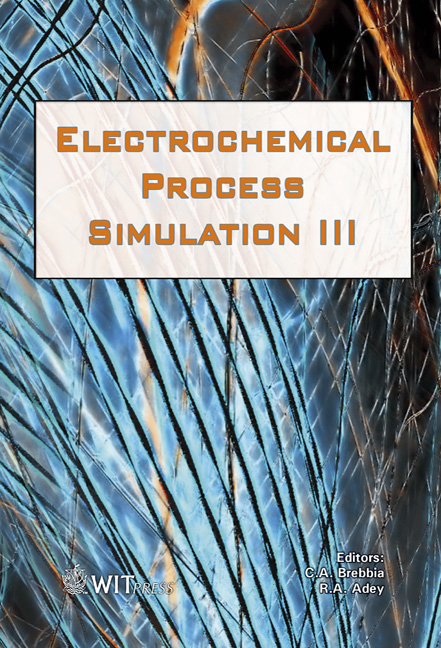Atomistic Simulation Of The Nano-structural Evolution Of Raney-type Catalysts From Spray-atomized NiAl Precursor Alloys During Leaching With NaOH Solution
Price
Free (open access)
Transaction
Volume
65
Pages
10
Page Range
151 - 160
Published
2009
Size
3,360 kb
Paper DOI
10.2495/ECOR090151
Copyright
WIT Press
Author(s)
N. C. Barnard, S. G. R. Brown, F. Devred, B. E. Nieuwenhuys & J. W. Bakker
Abstract
A model for the nano-structural evolution of Raney-type nickel catalysts (widely used in hydrogenation reactions) from the constituent intermetallic phases present in nickel-aluminium precursor alloys is presented here. Nano-porous nickel catalysts are prepared via a caustic leaching process where the NiAl alloy powder (typically 50-50 at.%) is immersed in concentrated NaOH solution in order to leach away the aluminium present to leave a highly-porous nickel catalyst (often referred to as spongy nickel). The temporal evolution of the nickel catalyst is described by a kinetic Monte Carlo (kMC) method, which captures two dominant processes taking place on leaching with NaOH solution: rapid aluminium dissolution from the crystalline intermetallic phases and surface adatom diffusion of nickel and aluminium. Structural changes from NiAl3 and Ni2Al3 phases present in the starting alloy are considered on an event-by-event basis. Individual crystallite size, pore diameter and effective surface area are predicted. Finally, a Metropolis Monte Carlo method is used to investigate the surface nature of the as-leached catalyst and compared to concurrent experimental investigations. Keywords: de-alloying, leaching, Raney-Ni catalysts, Monte Carlo simulation.
Keywords
de-alloying, leaching, Raney-Ni catalysts, Monte Carlo simulation





